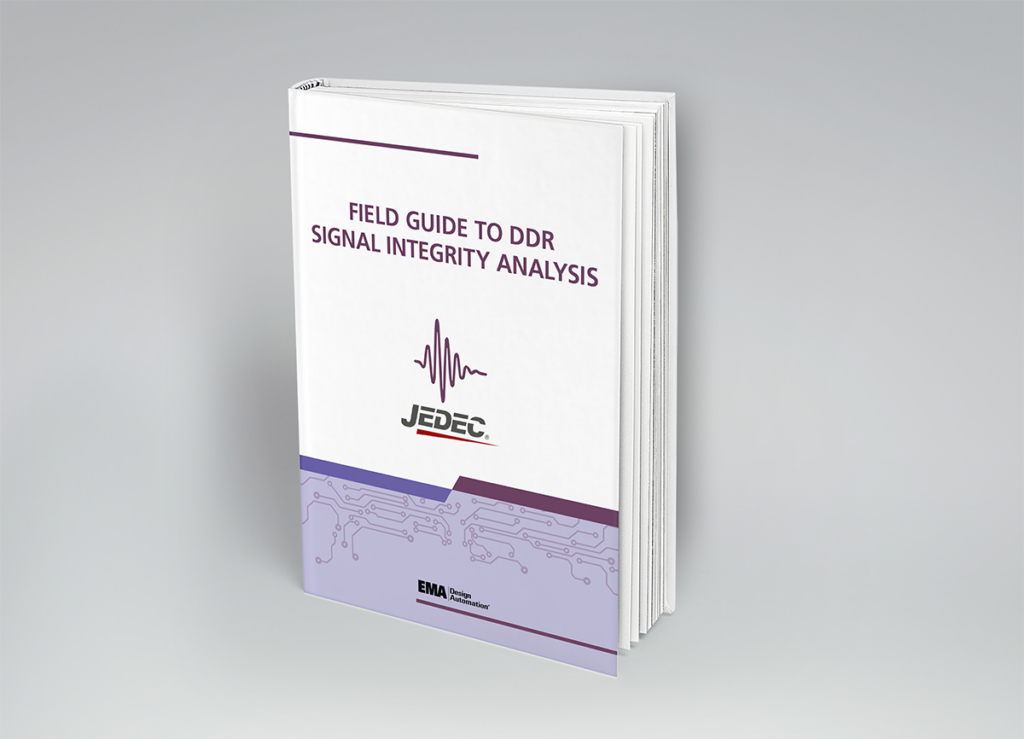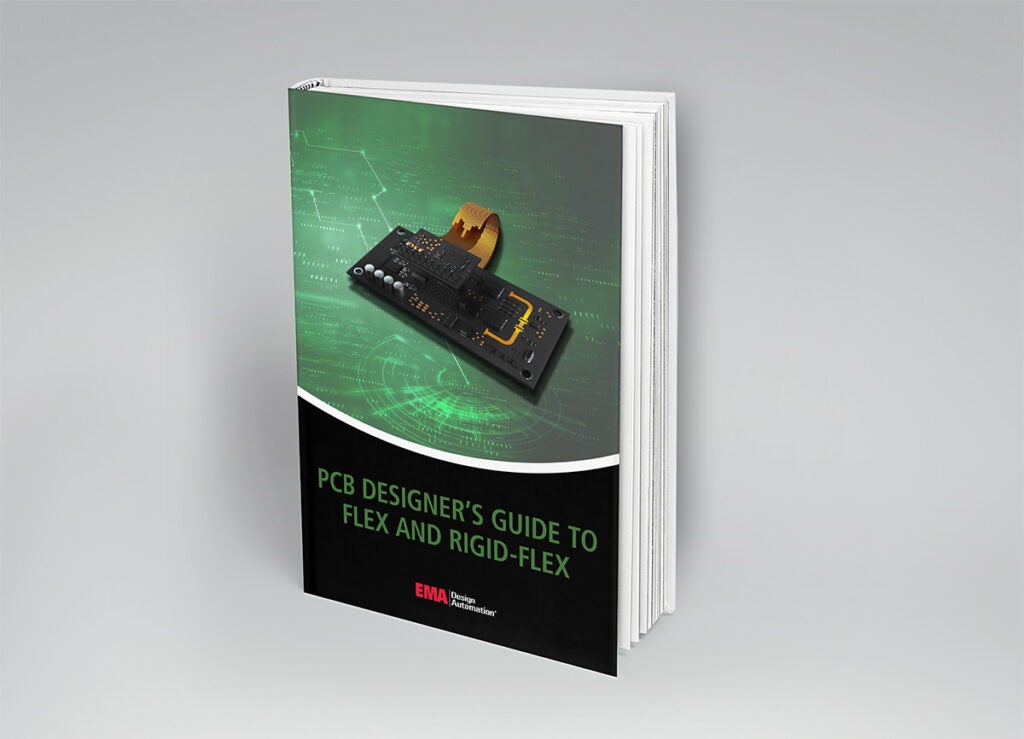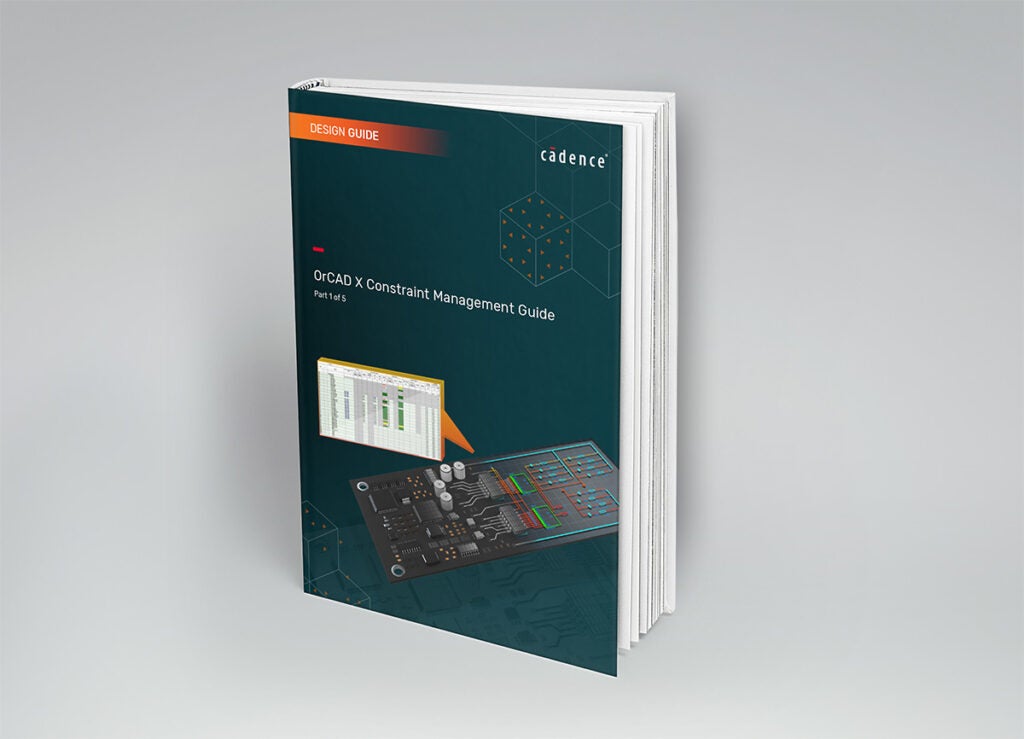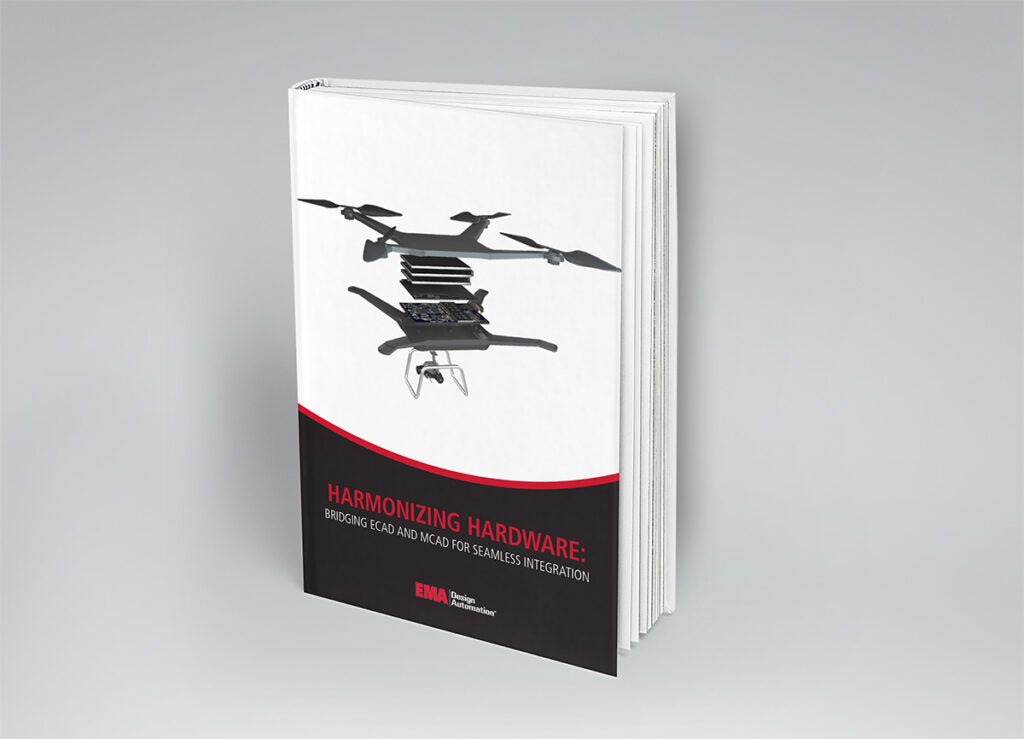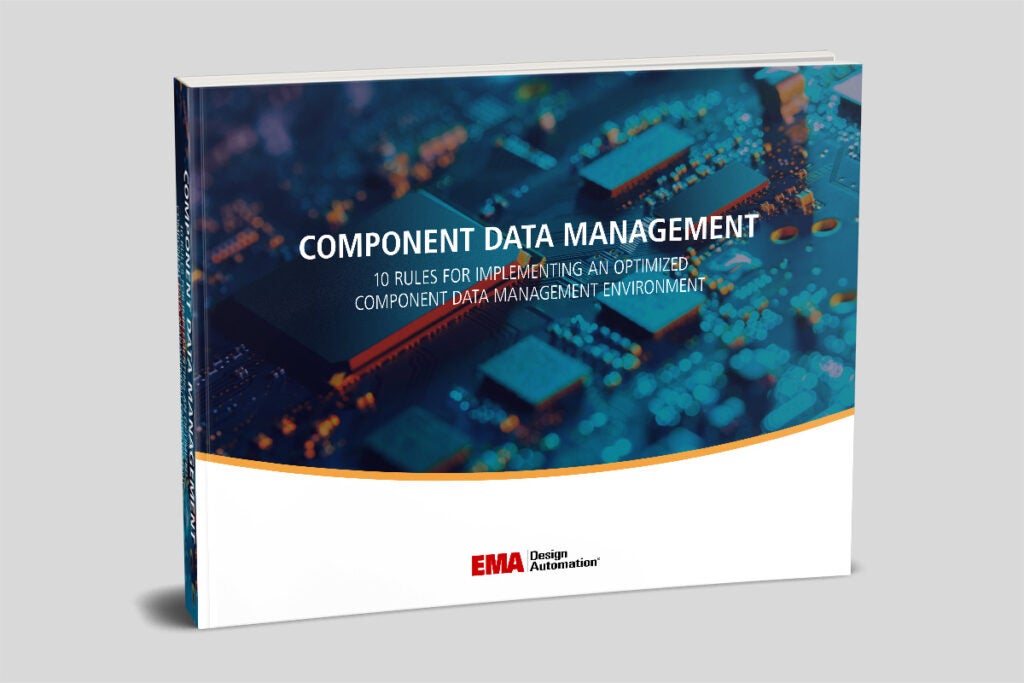Today, smart electronics are expanding functionality and driving product capabilities across virtually all industries. These processor-based systems depend upon accurate and fast access to RAM storage to meet operation and performance demands. By far, the most common storage type implemented to fill this need is double-data rate (DDR) memory.
The speed and accuracy advantages of DDR implementation are substantial and continue to evolve. These advancements come with signal integrity challenges that must be overcome and verified by testing. Improving DDR signal integrity and achieving compliance to industry guidelines is the best way to demonstrate the quality of your design and is the key to acceptance and success of your electronic product.
The Field Guide to DDR Signal Integrity Analysis eBook answers the following questions:
- What DDR signal integrity metrics should be analyzed during the PCB design?
- How do you improve DDR signal integrity and optimize performance?
- What is the JEDEC criteria for achieving DDR compliance?
- How do you measure the required performance metrics during PCB layout and analyze results against JEDEC specifications to ensure your board will successfully pass DDR compliance testing?
- What trade-off decisions need to be considered when selecting DDR or LPDDR devices for your PCB designs?
- How do you effectively overcome DDR and LPDDR design challenges, like physical and material constraints, PCB layout optimization, and timing and synchronization issues?
- What signal integrity analysis tools can help you verify your design meets the criteria for DDR compliance during design?
- How does Sigrity continue to ensure that your designs are achieving DDR compliance as they grow in complexity and scale.
